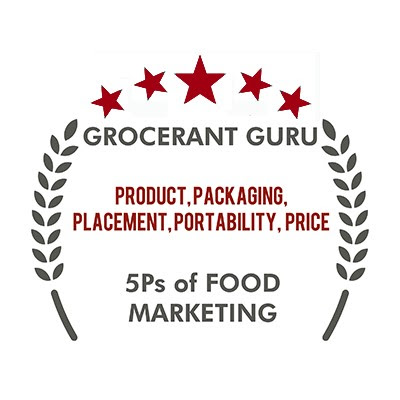If you run a restaurant specifically a
chain restaurant you are in most cases exhausted from all of the changes your
company has made during the pandemic trying to keep customers, protect your
brand, secure the technology you deploy. Consumers are dynamic not static it is
imperative that you keep-up with them or you will lose them forever.
Steven Johnson, Grocerant Guru® at Tacoma, WA based Foodservice Solutions®, stated, “the restaurant sector is suffering a self-inflicted
wound by having stuck to an outdated business model for to long. Serving one
customer one meal at a time worked great in 1970, 1980, 1990, then started to
slip away. Those who tried to maintain that business model have simply continue
to see year over year customer count migration away from their brand and in
many cases away from restaurants altogether.
Just look at the most recent information
from BlackBox Intelligence as they found that restaurant industry year over year comparable
sales were up 4.1% but that industry comparable year over year customer traffic
was down 8.4%. Year over year customer counts at restaurants have now been
negative for 9 of the last 11 years, that is simply unsustainable.
Now that dollar stores, and c-stores are
battling for restaurant customers as well the Battle for Share of Stomach is
proving much more complex than it was during the hay of the restaurant industry
according to Johnson.
That said, U.S. consumer prices rose 7%
over year-ago levels in December, the Bureau of Labor Statistics
reported Jan. 12, in the biggest
year-over-year jump since June 1982. That beat November's eyebrow-raising 6.8% increase and
October's 6.2% spike.
This is important you may want to read
this paragraph twice. So, prices for food at home (grocery prices) rose 6.5%
over the course of 2021—that's compared with a 10-year average annual increase
of 1.5%, according to the BLS. The same supply-side price pressures affecting
grocers affected restaurants, too: Prices for food away from home were up 6%
year over year in December, with full-service restaurant prices rising 6.6% in
that time and fast-food/fast-casual restaurant prices jumping 8%.
Where ever consumers are getting meals,
meal components, or ingredients for meals they’re noticing price increases. Within
grocery, prices in all six food-at-home categories that the BLS tracks rose
during the year, although meat, poultry, fish and eggs saw a small reprieve in
December (down 0.4% vs. November) from the soaring inflation that dominated the category in 2021.
For the full year, prices for meat, poultry, fish and eggs were up 12.5% from
December 2020 levels.
Other food-at-home subcategories seeing
outsized inflation for the year:
·
Beef (prices up 18.6% vs. December 2020)
·
Pork (up 15.1%)
·
Eggs (up 11%)
·
Poultry (up 9.5%)
·
Fish (up 8.4%, led by fresh fish and
seafood)
·
Baby food (up 7.9%)
·
Sodas and other carbonated drinks (7.4%)
Prices for full-service menu items were
not far behind, according to the U.S. Bureau of Labor Statistics, rising 6.6%
annually. Overall, food-away-from-home inflation rose 0.6% monthly in December
and 6% annually, the largest increase for the index since 1982.
CEO’s of restaurant chains have been
touting top line sales numbers as a ‘success’ platform. We won’t disagree with that except to say
year over year customer count declines are creating a huge opportunity for
non-traditional fresh food operators to garner your customers. Consumers are dynamic not static and no matter
haw hard a food retailer works if you are losing more customers than you are
garnering you not in a good place.
Success does
leave clues. One clue that time and time again continues to resurface is “the
consumer is dynamic not static”. Regular
readers of this blog know that is the common refrain of Steven Johnson, Grocerant Guru® at Tacoma, WA
based Foodservice Solutions®. Our
Grocerant Guru® can help your
company edify your brand with relevance.
Call 253-759-7869 for more information.






No comments:
Post a Comment